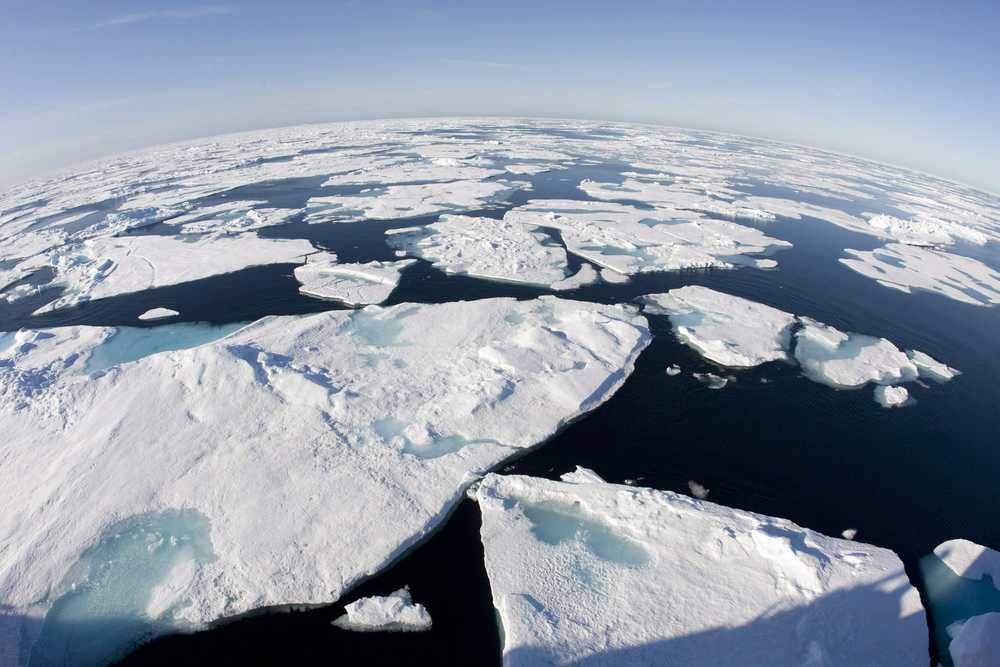ANCHORAGE, Alaska — The Arctic is seeing more precipitation as sea ice diminishes from climate warming, according to a research paper by U.S. and Canada scientists.
The study by three Dartmouth College researchers and one from Carleton University in Ottawa, Ontario, concludes the effects from a changed hydrologic cycle is a potential major component of climate change that could create uncertainty in climate predictions. They also say it’s too soon to tell whether more precipitation.
Scientists have generally assumed that less sea ice would mean more evaporation and more precipitation, said Ben Kopec, a Dartmouth earth sciences doctoral student and lead author of the paper published Monday in the journal, Proceedings of the National Academy of Sciences.
“Our goal with this work was to try to actually use observations of precipitation around the Arctic to get at this question of how much does sea ice influence precipitation, and if we lose sea ice, how much precipitation do you think will increase?” he said in a phone interview.
Arctic precipitation is composed of moisture from local and distance sources, he said.
“Most of the world gets its moisture from the warm waters in the subtropics,” Kopec said. As moisture moves north from lower latitudes, including the North Pacific in Alaska’s case, much of it falls before reaching the Arctic.
An increase in moisture from local sources, Kopec said, though small in comparison to evaporation in warmer oceans, could disproportionately affect Arctic sites.
“In terms of the entire proportion that will reach a site in, say, Alaska, that local moisture becomes more important,” he said. The scientists studied precipitation data collected between 1990 and 2012 at three sites in the Canadian Arctic and three in the Greenland Sea, looking for changes in the source of precipitation as sea ice has diminished. Moisture from a warm source can be distinguished from a cold source through measurements of isotope compositions, Kopec said.
As sea ice diminished over two decades, precipitation at the Arctic sites increased and the percentage from local sources grew. The researchers concluded that when sea ice decreases by 100,000 square kilometers, or 38,610 square miles, the percentage of local-sourced moisture increased by 18.2 percent in the Canadian Arctic and 10.8 percent in the Greenland Sea.
“We can say that with less sea ice, more of that moisture that fell was sourced from the Arctic,” Kopec said.
Julienne Stroeve, senior research scientist at the National Snow and Ice Data Center at the University of Colorado in Boulder, said previous studies have suggested a link between less September sea ice and an increase in snow in the Siberian Arctic.
“At least statistically there’s a correlation between less sea ice and more precipitation in certain parts of the Arctic,” she said.
Before the ocean can refreeze, she said, it has to release heat it gained in summer. If it’s shown that additional precipitation is from a local source, it would match other studies suggesting additional precipitation from waters formerly covered by ice at that time, Stroeve said. Kopec said if precipitation falls as snow, it could increase the days that land reflects solar energy, providing a cooling effect.
If the additional precipitation falls as rain, it could cause earlier spring melt or later onset of autumn snow coverage, contributing to more warming.
“It’s important for us in the future to nail down whether this is going to be more snow or more rain,” Kopec said. “But we were able to say, ‘This could have a large impact on the energy balance.”

